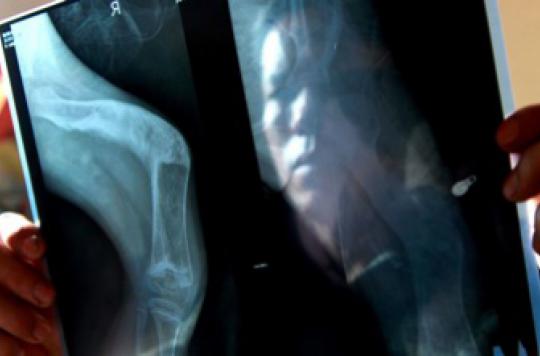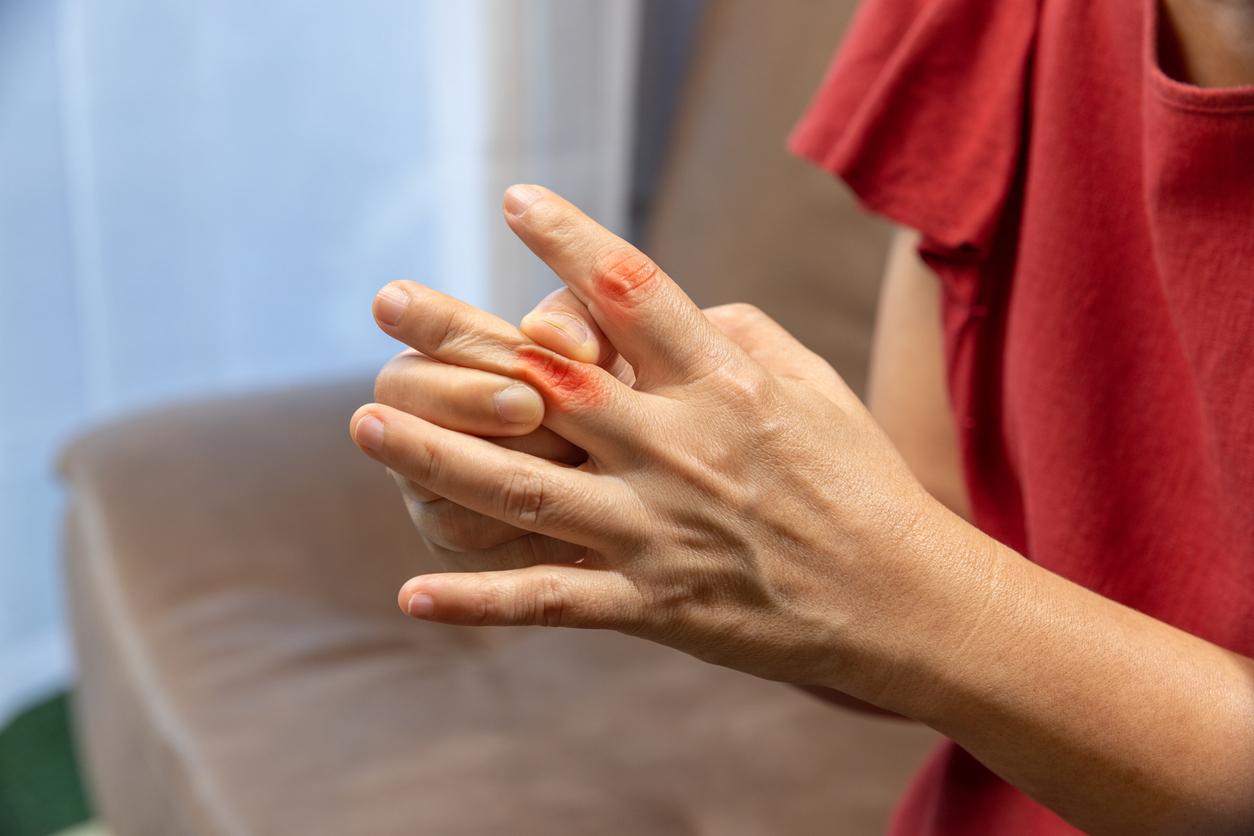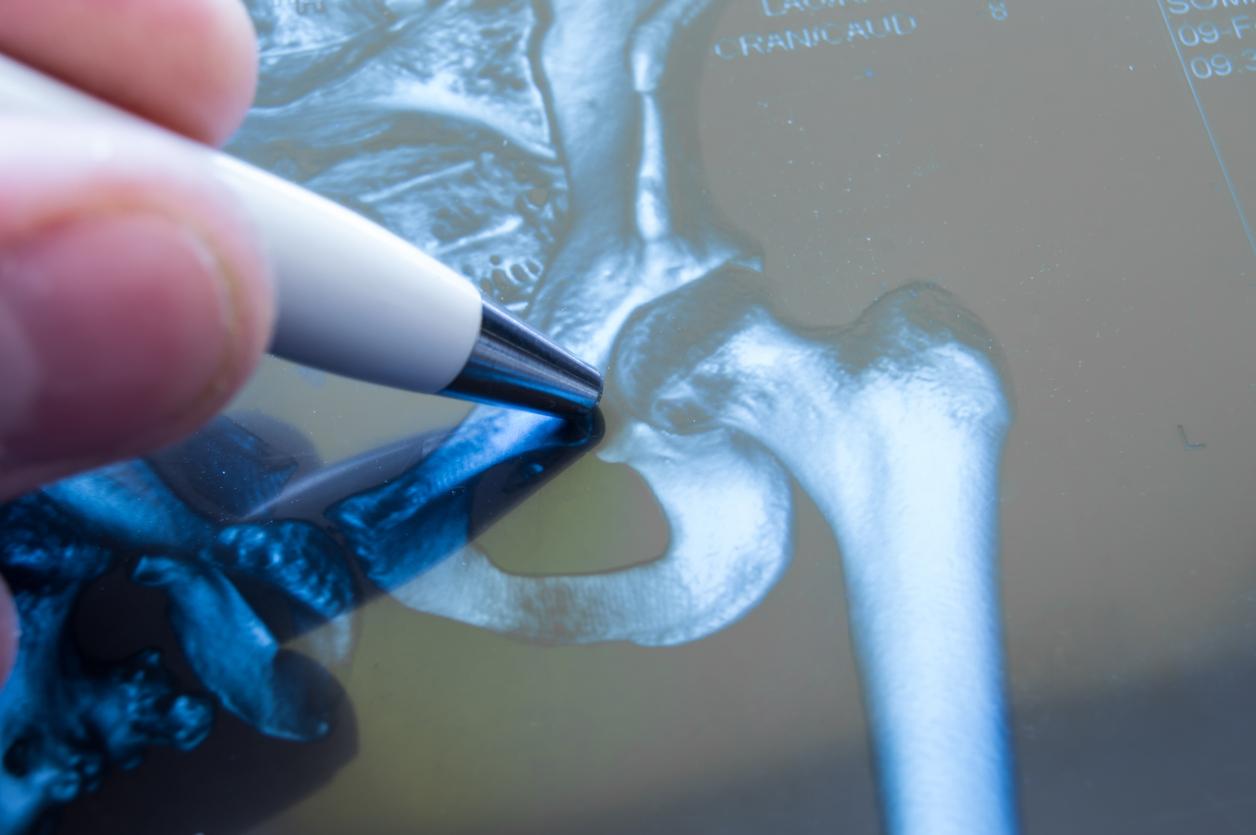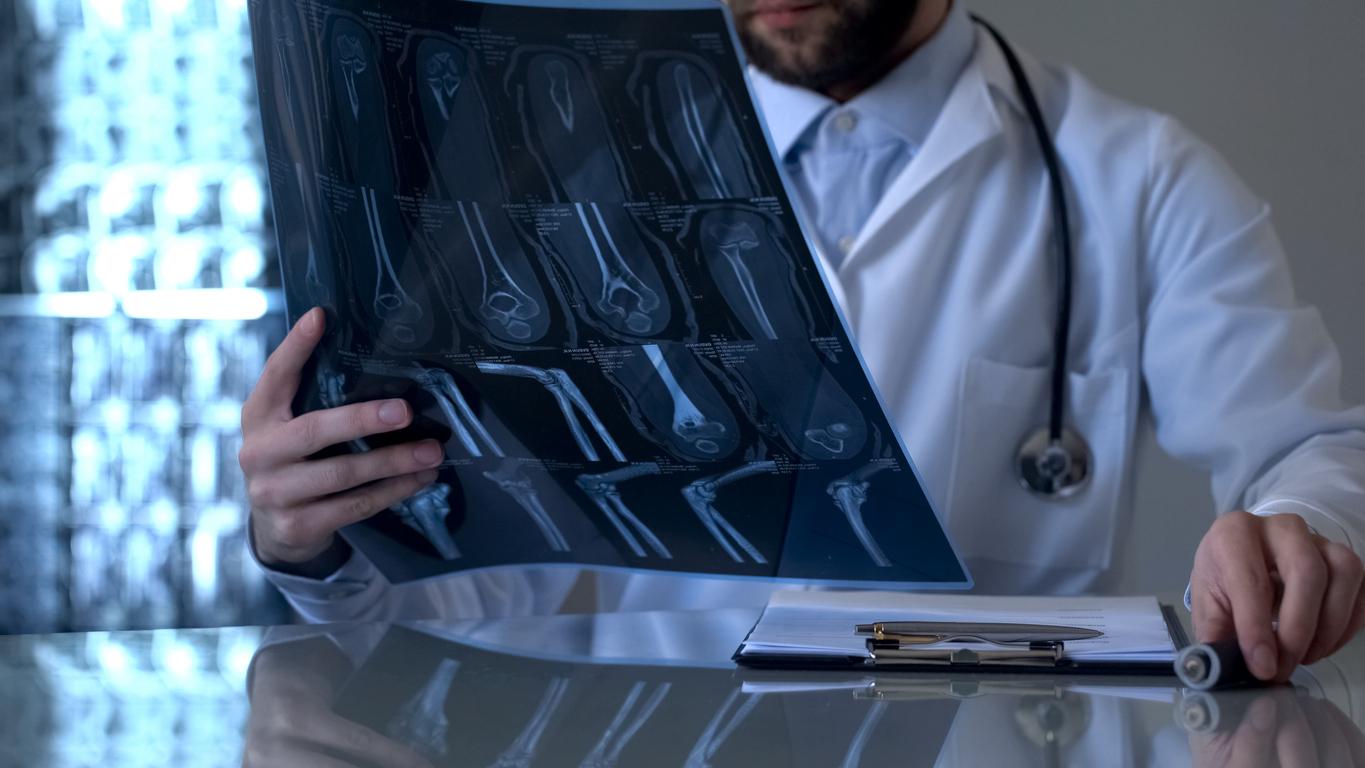A single protein is responsible for osteogenesis imperfecta, more commonly known as glass bone disease. Its excessive activity affects the formation of collagen in the bones.

Glass bone disease is believed to be based on a single protein. The first avenues for treating the causes ofosteogenesis imperfecta are detailed in Nature Medicine. An American team details a mechanism that attacks collagen, a key substance in the body’s supporting tissues.
Various causes for the same action
Osteogenesis imperfecta is a congenital disease that weakens the bones. It is extremely rare: in France, some 2,000 people are affected. According to Orphanet, there are five different forms of the disease, but they are difficult to differentiate apart from the symptoms. This study makes it possible to understand it: if they are expressed differently, the imperfect forms of osteogenesis all have the same origin, an overactivity of the transforming growth factor beta (TGF-ß), a signaling protein.
Overexpression of TGF-ß is the cause of low bone density and poor bone quality in affected patients. This is because the different genetic causes of glass bone disease all affect the way the factor is delivered to cells. “We now have a better understanding of how genetic mutations that affect collagen and collagen-processing enzymes lead to weak bones,” says Dr. Brendan Lee, co-author of the study.
Develop targeted treatments
The whole problem lies in the treatment of glass bone disease. Currently, doctors can only manage the symptoms of it, preventing fractures with physical therapy and drugs to strengthen the bones. But no treatment can target the causes of the disease.
Thanks to this discovery, researchers hope to develop targeted treatments on the causes of osteogenesis imperfecta. In particular, they found, in an animal model, a way to block TGF-β with an antibody. In sick mice, this technique made it possible to regain greater bone mass. Drugs of this type are under development for humans. The researchers therefore hope to be able to translate this work into a human model. “This treatment appears to be even more effective than other existing approaches,” enthuses Dr Lee. “We hope this approach will also be useful in more common forms of osteoporosis. “
.

















